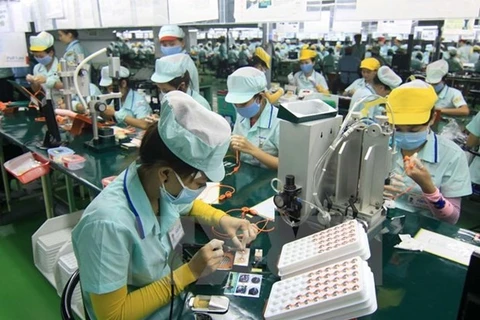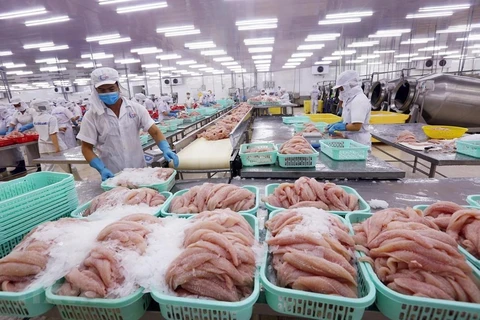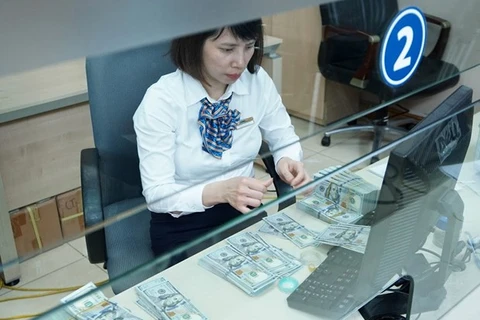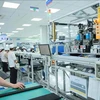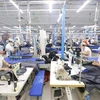Hanoi (VNA) - The GDP growth target of 6.8 percent for 2020 creates a very huge challenge in the context of drought, saline water intrusion, COVID-19 and other diseases on the cultivation of poultry and animals (H5N1, H5N6).
At the meeting of the Cabinet on February 12, the Ministry of Planning and Investment (MPI) presented a report on the assessment of the impact of the corona virus pandemic on Vietnam’s socio-economic development. It said the GDP growth target of 6.8 percent for 2020 creates a very huge challenge in the context of draught, saline water intrusion, COVID-19 and other diseases on the cultivation of poultry and animals (H5N1, H5N6).
The report also pointed out that the COVID-19 pandemic is proceeding in a very rapid, serious and unpredictable manner, and it is impossible to forecast the peak, the end, the scale and the scope of its influence. The pandemic will cause a comprehensive influence on all the social and economic aspects of the country. Besides, the people’s psychology will be impacted, especially the working people. All these will cause an immediate labour shortage and disrupt the supply and circulation chain, and subsequently lead to a stagnation in the production and business.
Two economic growth scenarios
At Resolution 01/NQ-CP, the government set a target of 2020 GDP growth of 6.8 percent. However, on the basis of the projection on the direct and indirect impact of the pandemic, the MPI tabled two scenarios: If the COVID-19 is brought under control in Q1, the 2020 GDP growth will be 6.25 percent and if this happens in Q2, the figure will be 5.96 percent.
In order to achieve the 6.8 percent target if the pandemic is brought under control in Q1 and Q2, the report said Vietnam’s economic growth must be 4.52 percent in Q1, 6.66 percent in Q2, 7.67 percent in Q3, and 7.5 percent in Q4. To achieve this, the African swine fever must be completely controlled and pork output must increase by 10-14 percent in Q3 and Q4. Besides, processing and manufacturing industries must also increase by 13.17 percent in Q3 and 11.76 percent in Q4.
Worst-case scenario: average CPI increases 4.86 percent
Regarding the impact of the COVID-19 on the CPI, the two scenarios tabled pointed out that in case the pandemic is brought under control in Q1, prices of food will face the risk of higher increase in Q2. But if this happen in Q2, the hike in those of food and household essentials and gasoline will come back after the pandemic.
Under the first scenario, the 2020 average CPI growth will be 3.96 percent compared to that in 2019, and under the second, it will be 4.86 percent.
With the above-said scenarios, the report proposes that as Vietnam is having large-scale economic relations with multifaceted exchanges with China, in face of the difficulties caused by the pandemic, the country should prioritise measures against the COVID-19 in tandem with those for the maintenance and stabilisation of the production.
To achieve the goals set by the government and the Prime Minister that there will be no changes to the goals of socio-economic development for 2020, the MPI proposed that measures must be worked out in a proactive and early manner. Authorities and localities must ensure the serious, concerted and comprehensive implementation of the measures required by the government and the Prime Minister, as well as the effectiveness of each measure and the resonant effect of the solution groups in the fight against the pandemic.
A focal point in the report is the requirement for the shortening to the utmost of the time needed for the implementation of the provisions, the facilitation of the stabilisation of the psychology against the pandemic, the maintenance of production and consumption as well as the acceleration of growth following the end of the COVID-19./.


